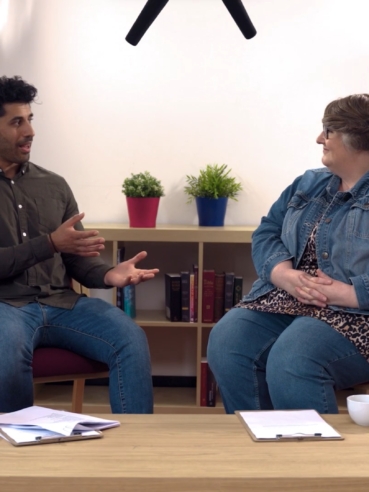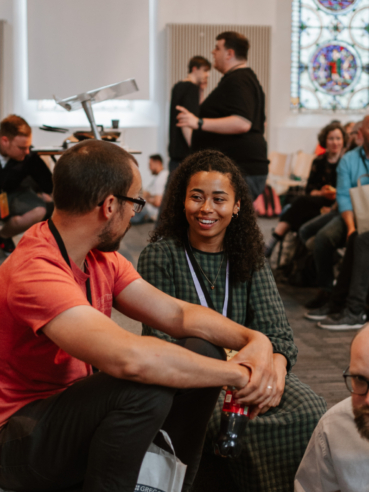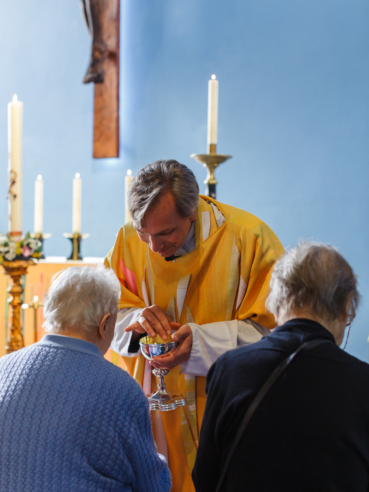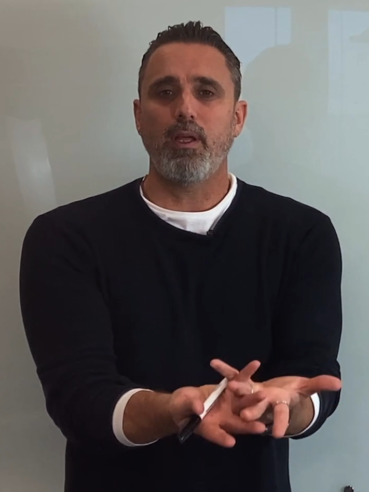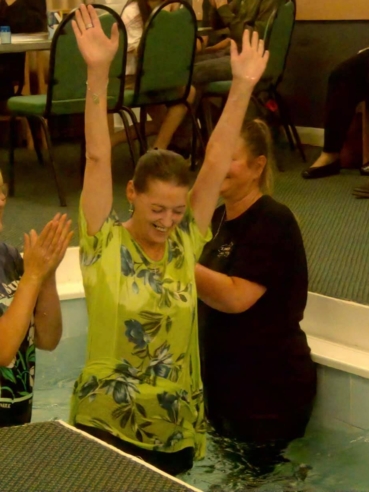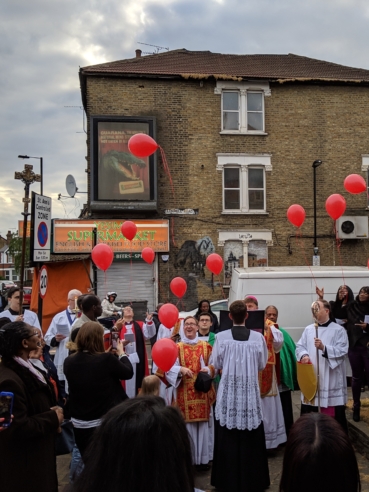Vision and Values
Vision
The vision of the Plant Course is to enable 1000s of church plants to be launched over the coming years in every part of England. It creates an encouraging and innovative space in which church planters and their teams can pray and work together to produce workable, God-empowered plans to start effective, healthy new church communities appropriate to their contexts.
History
The course began in 2010, arising from a demand for church planting training from around the country and from Bishop Ric Thorpe’s experience of planting a church at St Paul’s, Shadwell, and subsequently sending out three church plants and an evening congregation over the following 10 years. The volume of interest and enquiries was such that he devised the course to share the principles and practicalities of church planting with those launching church plants. The course has grown and developed since then and engages many different models of planting churches in multiple contexts and from the full range of church traditions. It is now being multiplied across England and overseas.
Values
Facilitation
The Plant Course is not a series of lectures based on the classic classroom model, but rather is an interactive experience based on a learning community model. Its starting point is the belief that much of the learning is already in the room and therefore the greatest value for the participants will be having the space and time to engage together with God to create the plans for their church plant. They will go on a journey of learning, praying and planning together over a two-month period. This requires active facilitation from the team delivering the course.
A new thing reaching new people
The watchword for the course is that if we keep doing what we currently do, we will get the same results. We therefore need to do something new to reach the 92% who do not currently come to church in England. The Plant Course is all about doing new things in new places to reach new people in new ways. This means that culture change is always a key factor in planting churches, and the content and manner of delivering the course reflect this.
Power of God
Although the Plant Course encourages our active engagement and our very best efforts, it recognises that the only power to reach England with the gospel of Jesus Christ is the power of God. The course has the conviction that God is doing something through church planting in our nation and sees itself as part of a broader movement of the Spirit of God in our time. Each day of the course begins and ends in prayer and is punctuated by prayer throughout. This is more than tokenism.
Bring a team
The New Testament model of church leadership is plural, and the Plant Course reflects this; it is not for individual church planters but for lead planters and their teams. The course encourages church plant leadership teams to begin as they intend to carry on – by praying and working together. Each day of the course includes substantial white board time for each church planter and team to develop practical plans together.
Under authority
All church planting should be under authority. In Church of England terms, this means that each church plant will have the explicit authorisation of their appropriate bishop. Authority brings blessing and protection, and the ability to get things done. This is for both practical and spiritual reasons.
Generous orthodoxy
The Plant Course recognises the breadth of theological and church tradition and aims to work with any church planter and team who happily subscribe to the Christian creeds. Each day begins with a thought from the Bible, working through the book of Acts, to locate the course within orthodox Christianity. The course is led under the auspices of the Bishop of Islington and the Gregory Centre for Church Multiplication, but is not an exclusively Anglican course. Working with other denominations is seen as a positive thing.
Learning from others
The Plant Course is a practical course aiming at real action and puts a value on the experience of other church planters. Their stories and wisdom are a key element of the course, and are integrated throughout, featuring case studies, testimonies, interviews and site visits at points throughout the course.
Knowledge in the room
A mixed cohort of ages, stages and church traditions gives church planters and their teams increased opportunities to learn from each other. The Plant Course encourages the sharing of skills, knowledge, wisdom and experience of the course participants, and mutual learning. The course begins with the participants subscribing to mutually agreed ground rules for their interaction throughout the sessions.
Bias for action
The Plant Course is geared to the answering of ‘How?’ questions rather than ‘Why?’ questions. It is focused towards specific projects, not general theory. Throughout the course, the learning is applied to the situations of each church planter, team and context.
Clarity of thinking
Vision is vital to the success of each church plant, and the Plant Course aims to help every church planting team to understand the why, what and how of their plant and to be able to communicate it clearly. The course requires every team to articulate clear plans for their plant and to engage in homework each week in preparation for the following day of the course. It culminates in a presentation to a panel of experienced practitioners who will critique these plans. For some, real funding is dependent on this presentation. In addition, throughout the course, each church planter and their team develop 45-second, two-minute and 15-minute presentations of their church planting plans so they can share their vision succinctly with various audiences.

